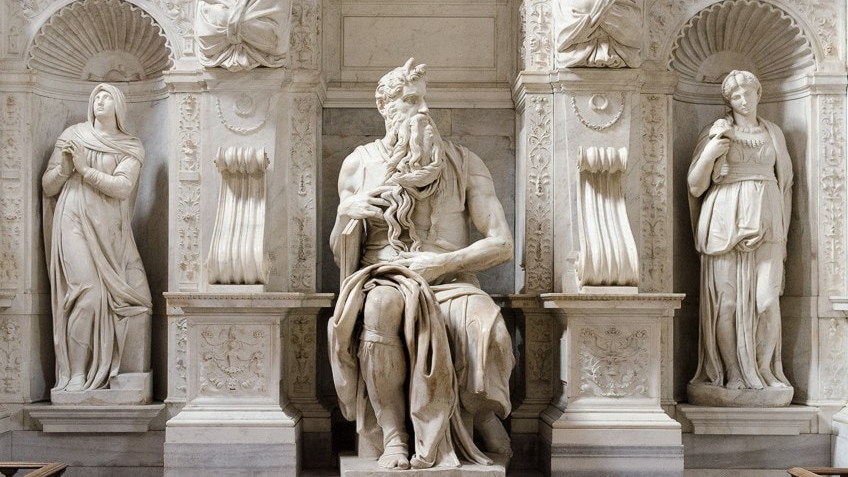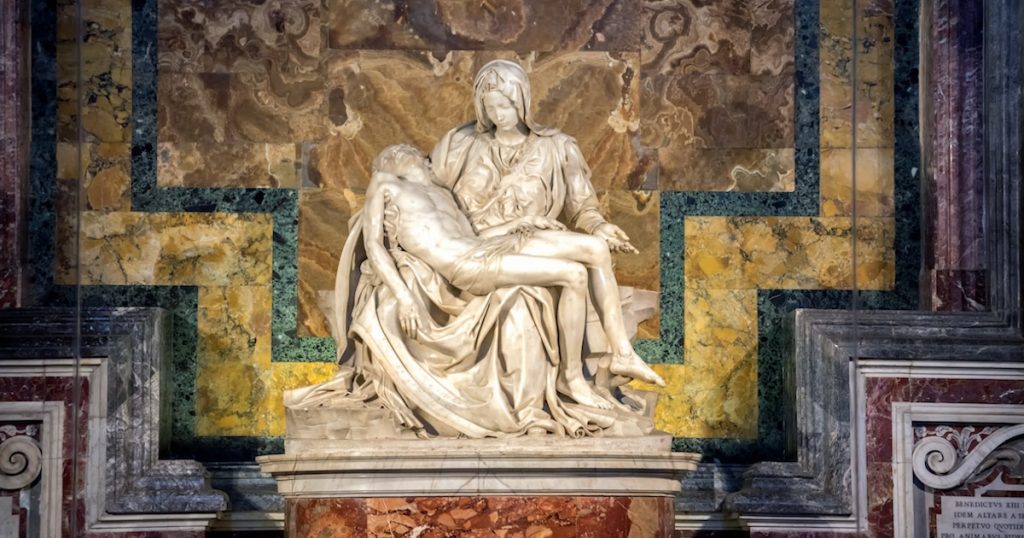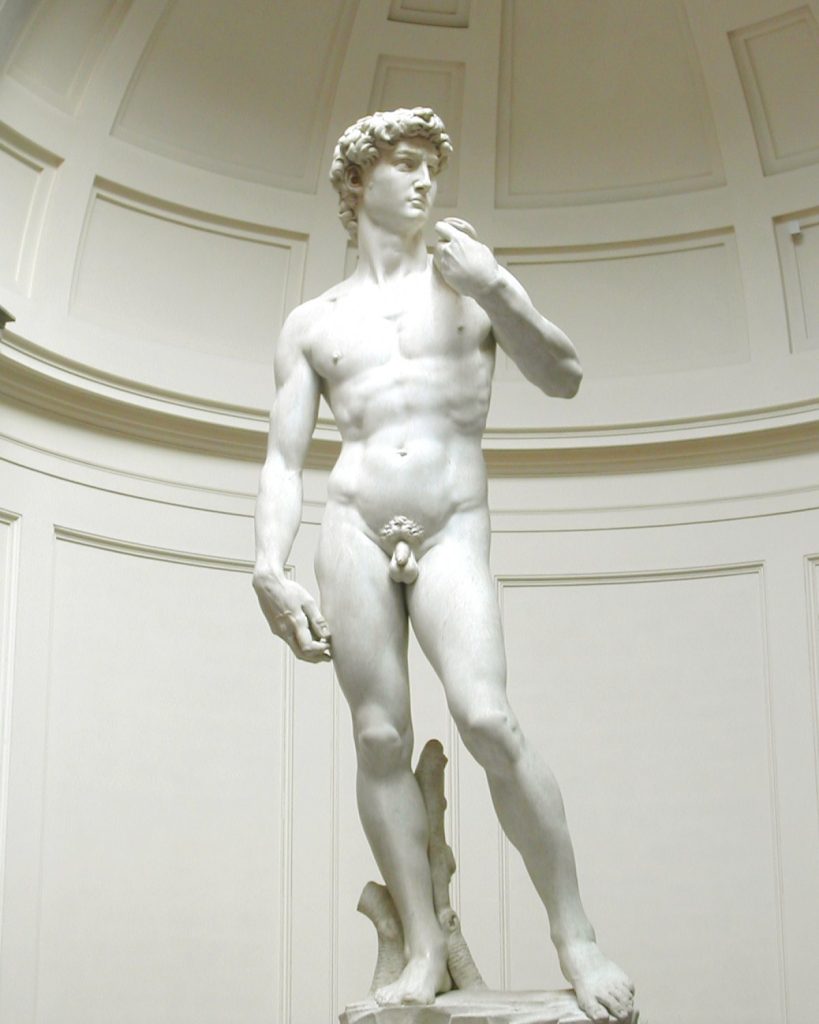Introduction

The Renaissance was an extremely important and dynamic period in the history of European art. Renaissance sculpture art has undergone a thorough transformation and innovation, becoming an important medium for artists to express their creativity, humanistic spirit, and pursuit of beauty. This article will explore the development and characteristics of sculpture during the Renaissance period.
Revitalizing Art Style
One of the prominent features of sculpture art during the Renaissance is the revival and reference to classical art. The artists have re studied sculpture works from ancient Greece and Rome, drew inspiration from them, and incorporated them into their own creations. This classical style is reflected in the proportion of the human body, muscle structure, and three-dimensional sense of the sculpture, making the work more realistic and timeless in beauty.

The Perfect Presentation of the Human Body
The profound understanding and accurate expression of the human body by sculptors during the Renaissance was a major highlight of sculpture art. They successfully presented the curves of muscles, the structure of bones, and the proportional relationship of the human body through research and observation of human anatomy. These exquisite techniques endow sculpture works with vivid expressive power, showcasing the power and elegance of the body.
Personality shaping and emotional expression
During the Renaissance, sculptors began to focus on endowing their works with richer emotions and personalities. They successfully conveyed the ideas and emotions expressed in the work by depicting the facial expressions, postures, and movements of the characters. This personalized shaping makes sculpture works no longer simply decorative, but a carrier of character images and emotions.

The fusion of mythology and religion
In Renaissance sculpture, myths and religious themes were common themes. Artists demonstrate their reverence for classical culture and religious beliefs by creating heroes and gods in Greek and Roman mythology, as well as saints and themes in Christian stories. These works not only have religious significance, but also express humanity’s pursuit of transcending the mortal world and exploration of mysterious forces.
The fusion of sculpture and architecture
There was a close connection between sculpture art and architecture during the Renaissance. Many sculpture works are used to decorate the exterior walls, walls, and columns of buildings, becoming a part of the overall building. Sculptors have fully considered the coordination between their works and the architectural environment, creating works that match the architectural style, adding a unique aesthetic to the architecture.

The Rise of Famous Writers and the Inheritance of Their Works
During the Renaissance, many outstanding sculptors emerged, and their works are still remembered by future generations. For example, Michelangelo’s works such as “The Statue of David” and “The Virgin and Child”, as well as Donatello’s works such as “The Statue of David” and “Saint George and the Dragon”, have become representative works of sculpture during the Renaissance period, deeply influencing later artistic creation.
Conclusion
The brilliant achievements of sculpture art during the Renaissance laid a solid foundation for the development of art in later generations. During this period, sculptors reshaped the expression of human images and emotions with their innovative techniques and pursuit of beauty. Their works are not only masterpieces of art, but also interpretations of humanistic spirit, religious beliefs, and classical culture.

